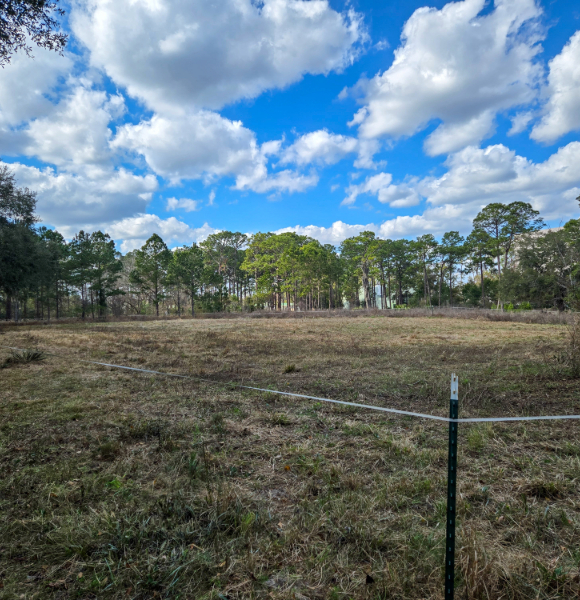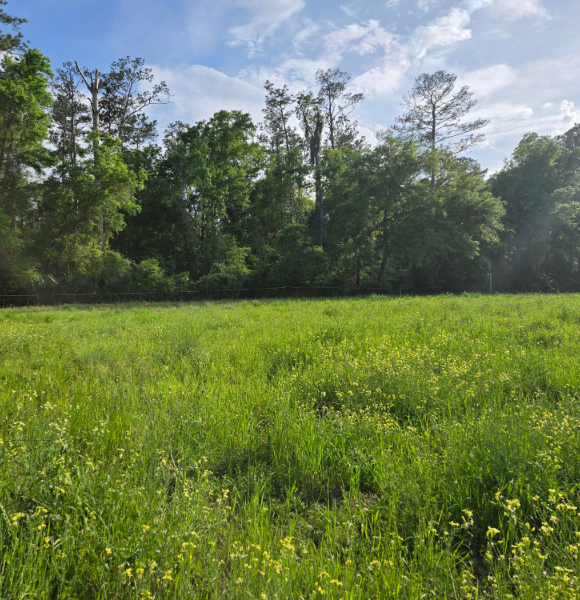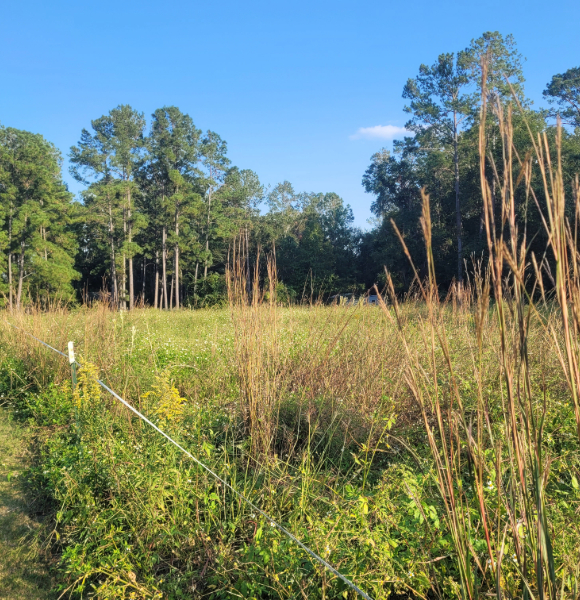Old-Field & Meadow
An "Old-Field" refers to an area where natural communities have been cleared for agricultural or pastoral purposes. The vegetation composition and structure evolves in these areas over time, changing from initial disturbance to extended fallow periods. Old-field communities are common across much of the landscape but can vary in composition based on the intensity, time since disturbance, and various abiotic factors. Oftentimes, these communities are dominated by plant species known as ruderals, plants with traits that make them better equipped to disperse and colonize areas quickly. At NATL, the old field area was used decades ago as a construction dump site. The soil profile in this area is thus very disturbed and still filled with concrete debris in some areas. Restoration of this area to its previous natural communities is virtually impossible due to large changes in the abiotic conditions of the area.
From the 1990s to 2020 this area was managed with reoccurring tilling sequences to demonstrate ecological succession. The area was tilled on a one, five, and ten year schedule. However, this schedule became difficult to maintain due to the persistence of invasive species, loss in soil seed bank diversity, and encroachment of woody tree species that were difficult to remove. Therefore, in 2020 the NATL management team began to shift the management strategy towards reducing the dominance of invasive species and increasing native graminoid and forb diversity for the benefit of wildlife and pollinators. As part of this shift, the practice of mowing the fields was adopted to replace tilling.
In 2021, a section of old field was converted to a wildflower meadow (“meadow” is defined here as a human-constructed and maintained plant community dominated by native forb and graminoid species). This was made possible via a grant from the Florida Wildflower Foundation.
In 2024, the NAAC committee voted unanimously to change the management schedule of the three fields to a one, three, and five year mowing cycle. This change should maintain the successional theme of the old field sections while promoting herbaceous ruderal diversity and preventing the invasion of hard-to-remove woody species.
For additional historical data from the old field plots, see our data archive. For additional details on NAAC meetings and land management plans, see our Documents & Records page.




